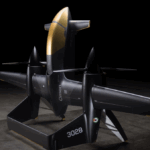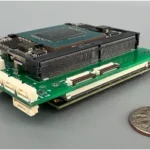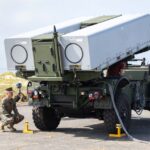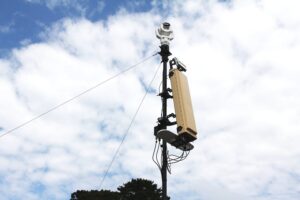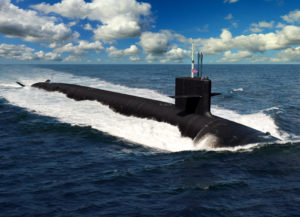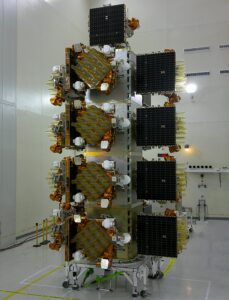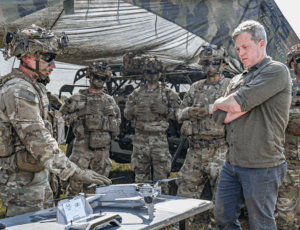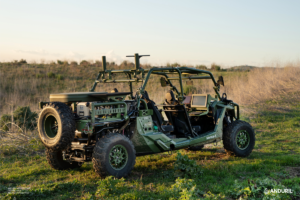
Anduril Industries on Monday said the newest product in its Menace expeditionary command and control (C2) family is in production and being distributed globally, giving customers a small vehicle-based workstation to enable, analyze, and sustain mission execution in denied and degraded communications environments at the tactical edge. Menace-X, which the company first unveiled last December, is built onto a Polaris [PII] MRZR buggy that can be forward deployed, and quickly redeployed, in austere and contested environments, giving warfighters the ability…

 By
By 